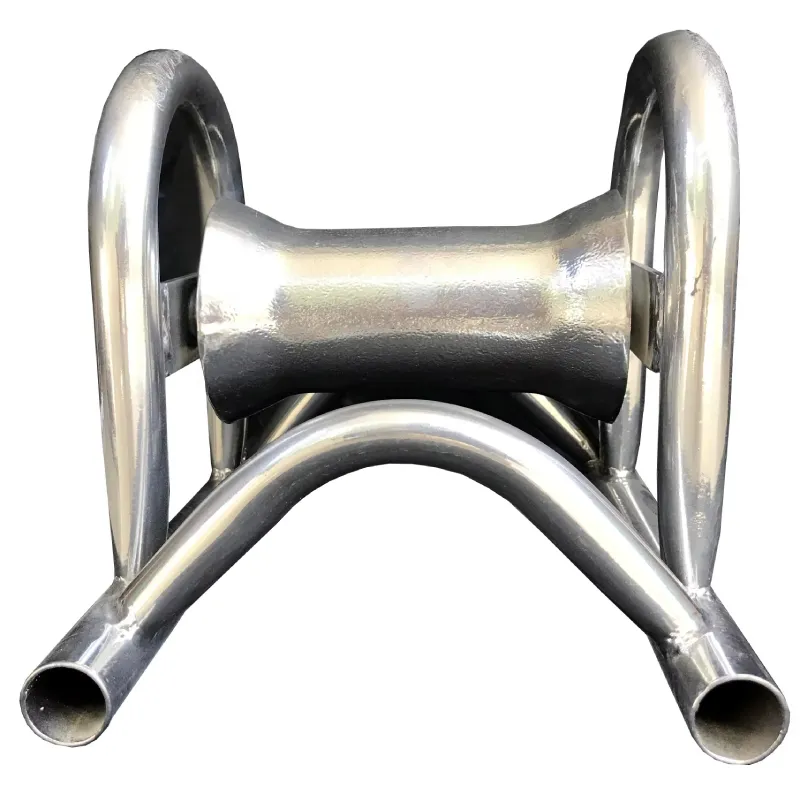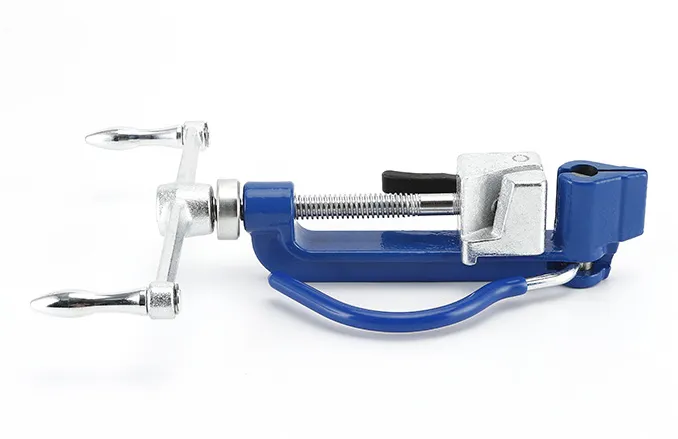
-
 Afrikaans
Afrikaans -
 Albanian
Albanian -
 Amharic
Amharic -
 Arabic
Arabic -
 Armenian
Armenian -
 Azerbaijani
Azerbaijani -
 Basque
Basque -
 Belarusian
Belarusian -
 Bengali
Bengali -
 Bosnian
Bosnian -
 Bulgarian
Bulgarian -
 Catalan
Catalan -
 Cebuano
Cebuano -
 Corsican
Corsican -
 Croatian
Croatian -
 Czech
Czech -
 Danish
Danish -
 Dutch
Dutch -
 English
English -
 Esperanto
Esperanto -
 Estonian
Estonian -
 Finnish
Finnish -
 French
French -
 Frisian
Frisian -
 Galician
Galician -
 Georgian
Georgian -
 German
German -
 Greek
Greek -
 Gujarati
Gujarati -
 Haitian Creole
Haitian Creole -
 hausa
hausa -
 hawaiian
hawaiian -
 Hebrew
Hebrew -
 Hindi
Hindi -
 Miao
Miao -
 Hungarian
Hungarian -
 Icelandic
Icelandic -
 igbo
igbo -
 Indonesian
Indonesian -
 irish
irish -
 Italian
Italian -
 Japanese
Japanese -
 Javanese
Javanese -
 Kannada
Kannada -
 kazakh
kazakh -
 Khmer
Khmer -
 Rwandese
Rwandese -
 Korean
Korean -
 Kurdish
Kurdish -
 Kyrgyz
Kyrgyz -
 Lao
Lao -
 Latin
Latin -
 Latvian
Latvian -
 Lithuanian
Lithuanian -
 Luxembourgish
Luxembourgish -
 Macedonian
Macedonian -
 Malgashi
Malgashi -
 Malay
Malay -
 Malayalam
Malayalam -
 Maltese
Maltese -
 Maori
Maori -
 Marathi
Marathi -
 Mongolian
Mongolian -
 Myanmar
Myanmar -
 Nepali
Nepali -
 Norwegian
Norwegian -
 Norwegian
Norwegian -
 Occitan
Occitan -
 Pashto
Pashto -
 Persian
Persian -
 Polish
Polish -
 Portuguese
Portuguese -
 Punjabi
Punjabi -
 Romanian
Romanian -
 Russian
Russian -
 Samoan
Samoan -
 Scottish Gaelic
Scottish Gaelic -
 Serbian
Serbian -
 Sesotho
Sesotho -
 Shona
Shona -
 Sindhi
Sindhi -
 Sinhala
Sinhala -
 Slovak
Slovak -
 Slovenian
Slovenian -
 Somali
Somali -
 Spanish
Spanish -
 Sundanese
Sundanese -
 Swahili
Swahili -
 Swedish
Swedish -
 Tagalog
Tagalog -
 Tajik
Tajik -
 Tamil
Tamil -
 Tatar
Tatar -
 Telugu
Telugu -
 Thai
Thai -
 Turkish
Turkish -
 Turkmen
Turkmen -
 Ukrainian
Ukrainian -
 Urdu
Urdu -
 Uighur
Uighur -
 Uzbek
Uzbek -
 Vietnamese
Vietnamese -
 Welsh
Welsh -
 Bantu
Bantu -
 Yiddish
Yiddish -
 Yoruba
Yoruba -
 Zulu
Zulu


TEL:
0086-311-88862036
Feb . 07, 2025 05:09 Back to list
Cable Drum Roller Unwinder
Bow shackle pin types are essential components in a myriad of industries, and understanding their variations and applications can significantly enhance operational efficiency and safety. As an experienced industry professional, I've had my fair share of opportunities to see firsthand how the right shackle pin type can make all the difference in rigorous environments. Let's delve into an exploration of bow shackle pins, shedding light on their utility, variations, and what experts recommend for optimal performance.
In manufacturing these essential components, the material choice holds equal importance as the type of pin. Steel shackles with pin types can be found in galvanized or stainless steel variants, each offering unique advantages. Galvanized steel is noted for its corrosion resistance and cost-effectiveness, while stainless steel, although more expensive, provides superior performance in corrosive environments, making it ideal for marine applications. Notably, complying with industry standards, such as those set by the American Society for Testing and Materials (ASTM) and other regulatory bodies, is crucial. These standards ensure that the shackles can withstand stated working loads and the unpredictable forces they might face in real-world applications. It’s imperative for professionals to source these tools from reputable manufacturers who adhere strictly to these standards, fulfilling Expertise and Trustworthiness in every facet of the term. Furthermore, regular inspections and maintenance of bow shackles and their pins are mandatory to ensure continued operational safety and efficiency. Visual inspections for deformation, rust, or wear, combined with periodic testing for load capacity, are industry best practices that should never be overlooked. To conclude, the diverse pin types available for bow shackles cater to a spectrum of operational needs, each with distinct advantages tailored to specific scenarios. The choice between a screw pin, bolt-type pin, or captive pin should be influenced by the anticipated application, load bearing, and safety requirements. By prioritizing quality, compliance, and regular maintenance, professionals can significantly extend the lifespan and efficacy of their equipment, steadfastly supporting safe and productive work environments.


In manufacturing these essential components, the material choice holds equal importance as the type of pin. Steel shackles with pin types can be found in galvanized or stainless steel variants, each offering unique advantages. Galvanized steel is noted for its corrosion resistance and cost-effectiveness, while stainless steel, although more expensive, provides superior performance in corrosive environments, making it ideal for marine applications. Notably, complying with industry standards, such as those set by the American Society for Testing and Materials (ASTM) and other regulatory bodies, is crucial. These standards ensure that the shackles can withstand stated working loads and the unpredictable forces they might face in real-world applications. It’s imperative for professionals to source these tools from reputable manufacturers who adhere strictly to these standards, fulfilling Expertise and Trustworthiness in every facet of the term. Furthermore, regular inspections and maintenance of bow shackles and their pins are mandatory to ensure continued operational safety and efficiency. Visual inspections for deformation, rust, or wear, combined with periodic testing for load capacity, are industry best practices that should never be overlooked. To conclude, the diverse pin types available for bow shackles cater to a spectrum of operational needs, each with distinct advantages tailored to specific scenarios. The choice between a screw pin, bolt-type pin, or captive pin should be influenced by the anticipated application, load bearing, and safety requirements. By prioritizing quality, compliance, and regular maintenance, professionals can significantly extend the lifespan and efficacy of their equipment, steadfastly supporting safe and productive work environments.
Next:
Latest news
What Are Construction Tools and How Are They Used?
NewsJul.11,2025
Professional-Grade Duct Rodding Tools for Superior Cable Installation
NewsJul.11,2025
Enhancing Safety and Efficiency with Modern Hot Stick Solutions
NewsJul.11,2025
Empowering Cable Installation with Advanced Rodder Solutions
NewsJul.11,2025
Elevate Your Cable Installation Projects with Cable Pulling Tools
NewsJul.11,2025
Efficient Cable Handling Solutions: Cable Rollers for Sale
NewsJul.11,2025
Copyright © 2025 Shijiazhuang Bilo Import and Export Trading Co., Ltd. All Rights Reserved. Sitemap | Privacy Policy

BlLo lmport & Éxport is specialized in power and cable equipment andconsiruction tools,Qur main producis are FRP
duct rodder, cable rollerscable pulling winch, cable drum jack, cable pulling sock, etc.
Copyright © 2025 Shijiazhuang Bilo Import and Export Trading Co., Ltd. All Rights Reserved. Sitemap | Privacy Policy










